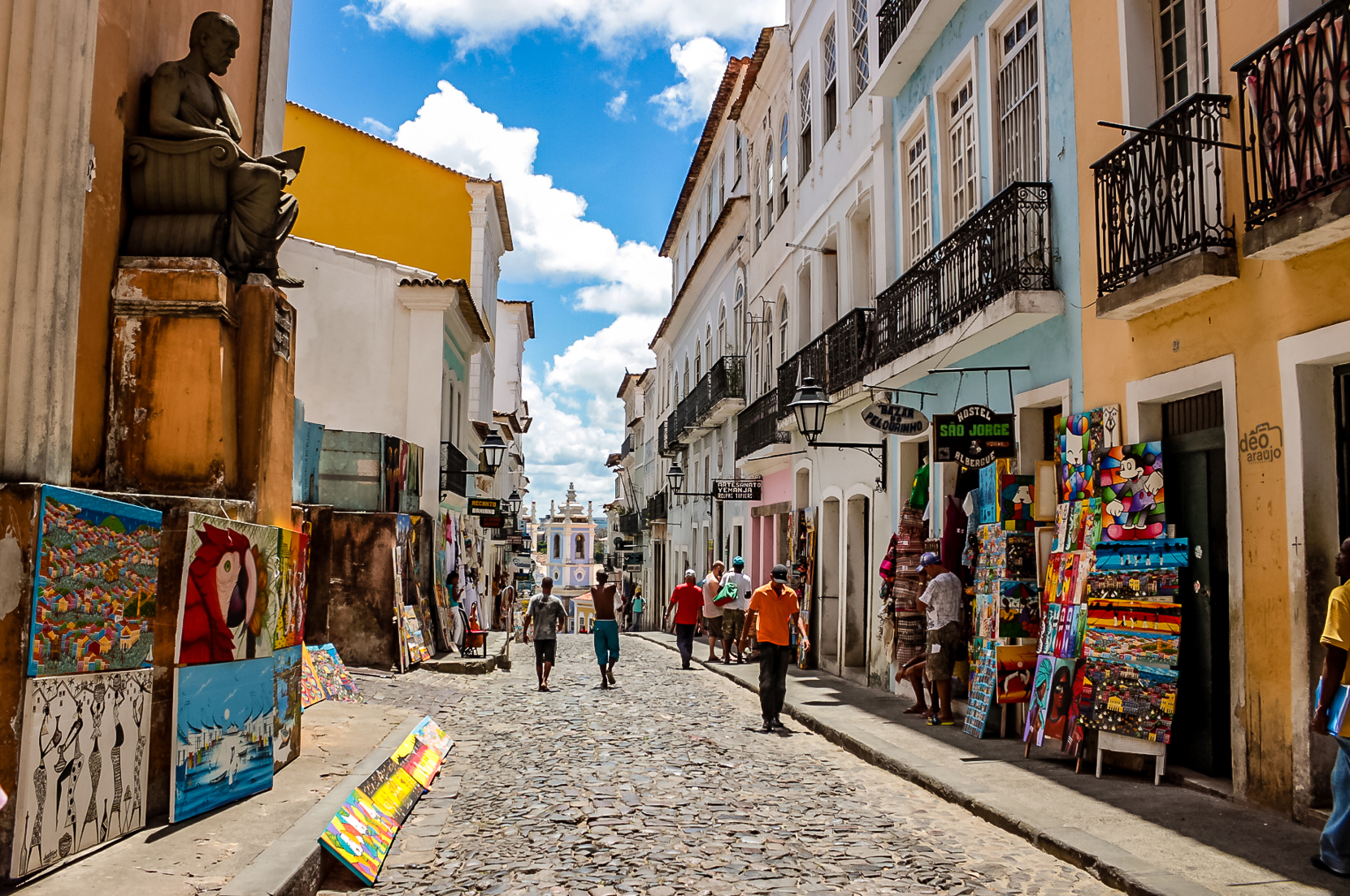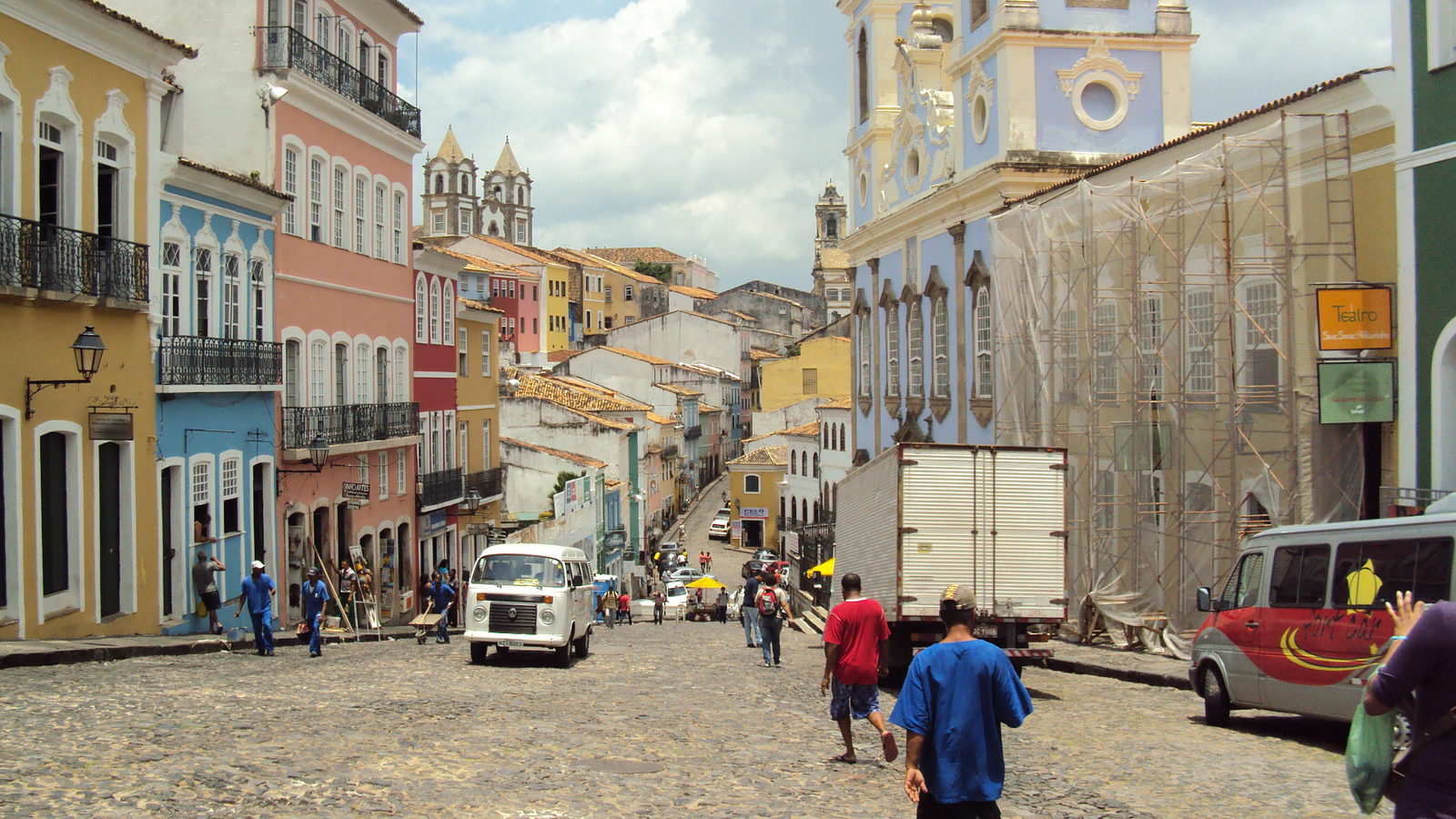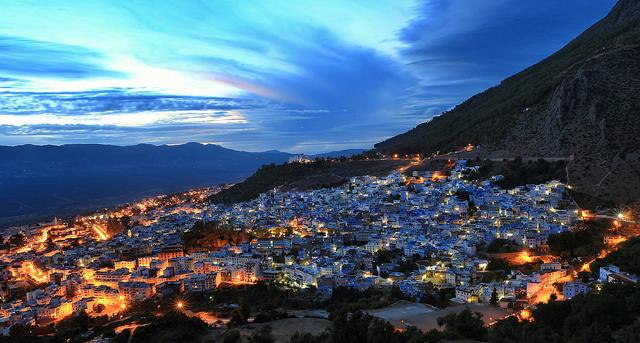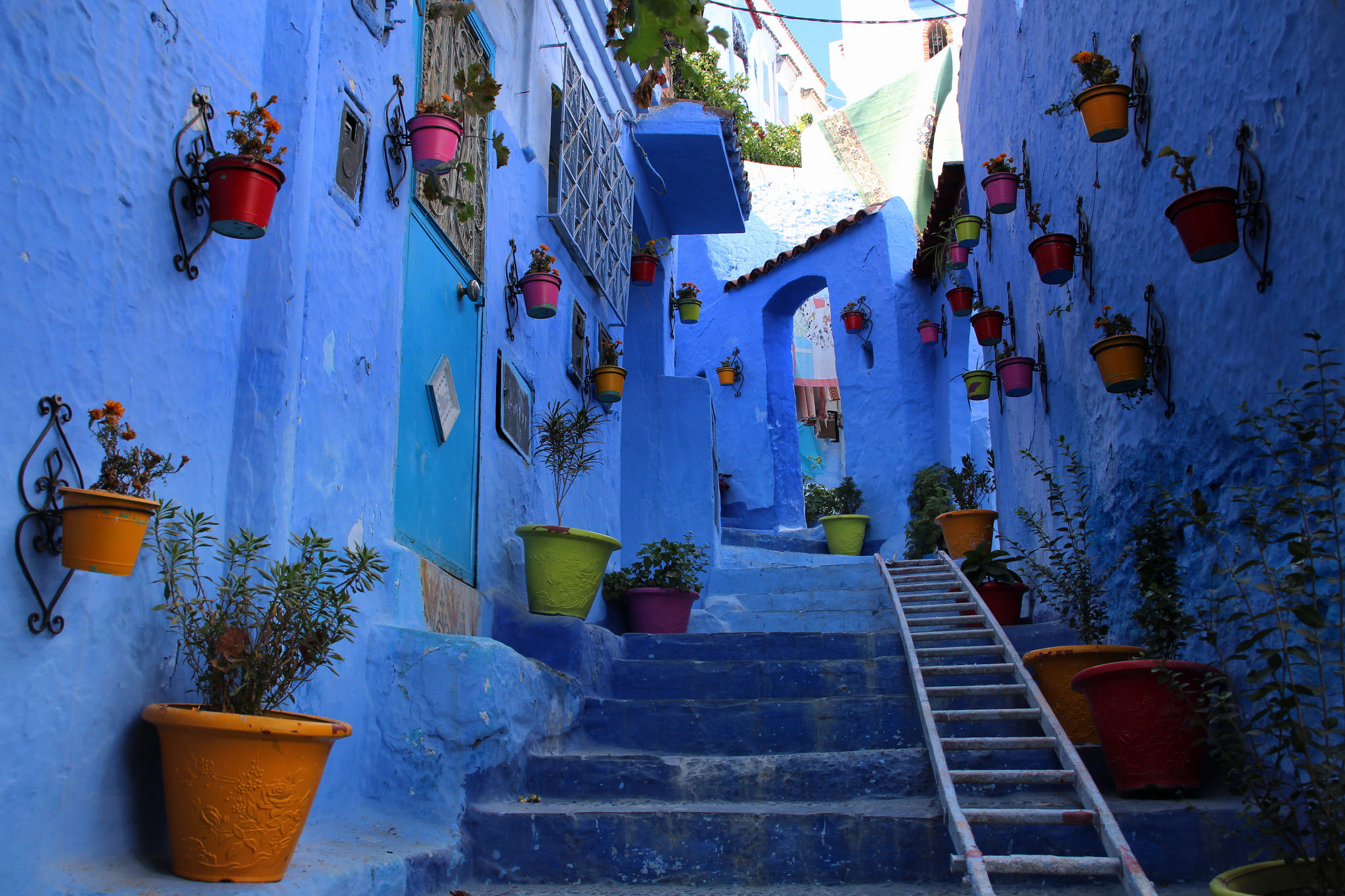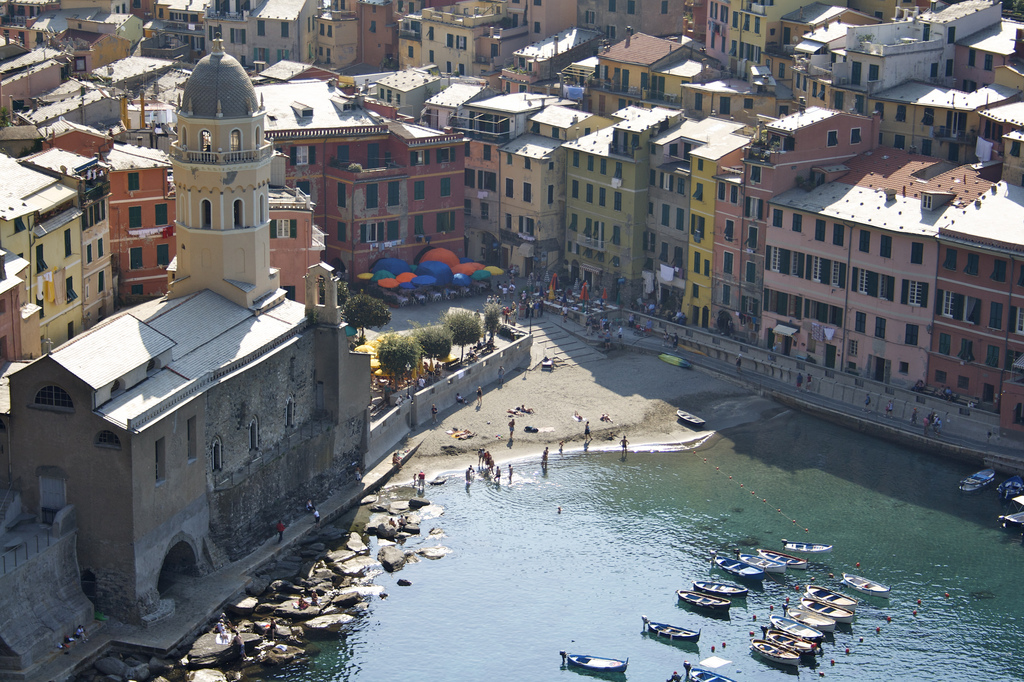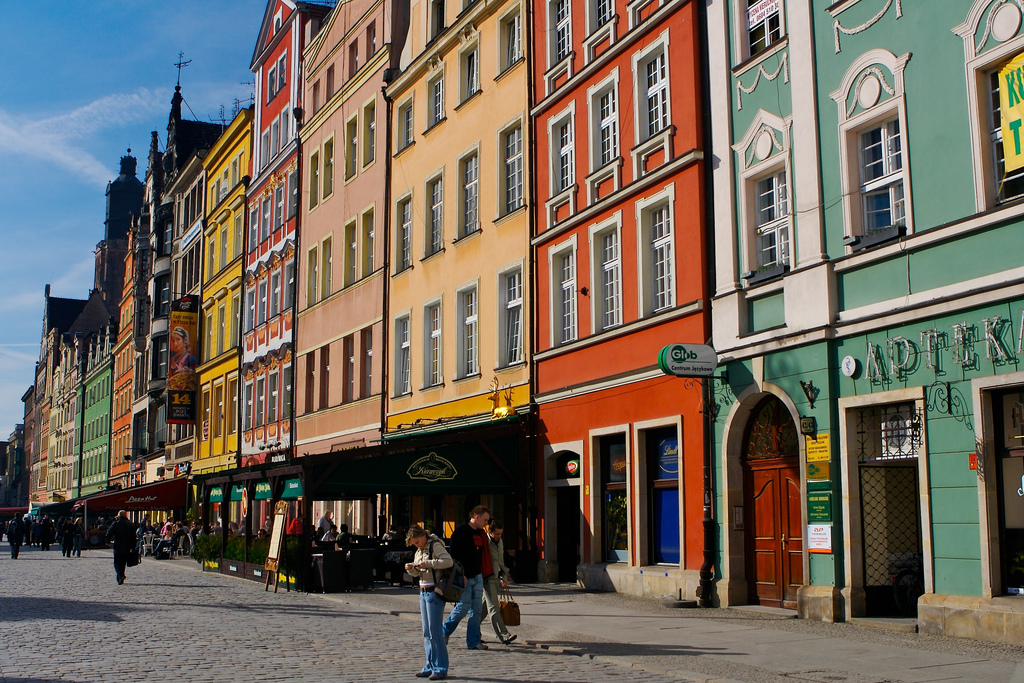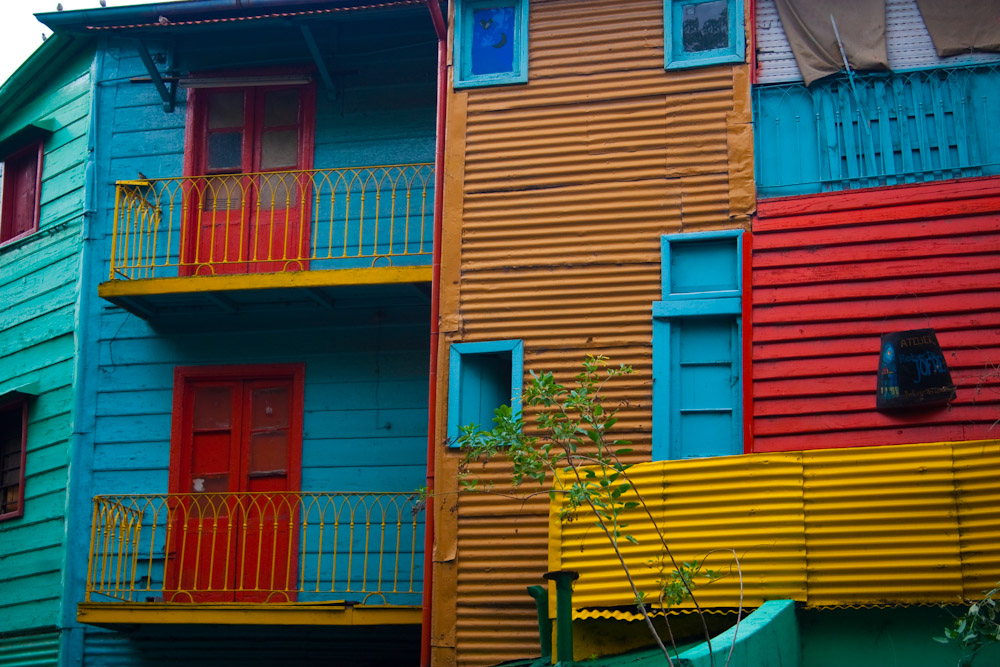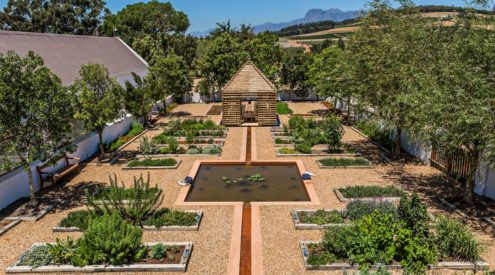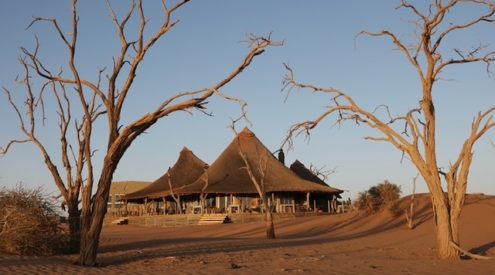It’s a fact, colour makes the world go ’round and the proof is in these neighbourhoods. Which ones would make it onto your travel bucketlist?
1. Pelourinho, Salvador
Michael Jackson filmed his 1996 music video They Don’t Care About Us in ‘Pelo’ and it was clearly influenced by the neighbourhood’s vibrant Afro-Brazilian music and dance. Pelourinho is notable for being the home of capoeira and is a UNESCO World Heritage Site. As a former colonial city, it has the largest collection of baroque architecture in the Americas, but the buildings were in deterioration until the 1990s when the government stepped in to refurbish.
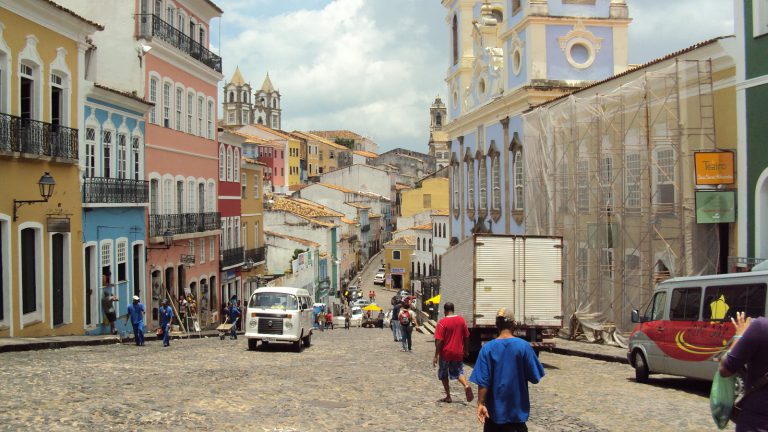
Photo by Angelica Alves
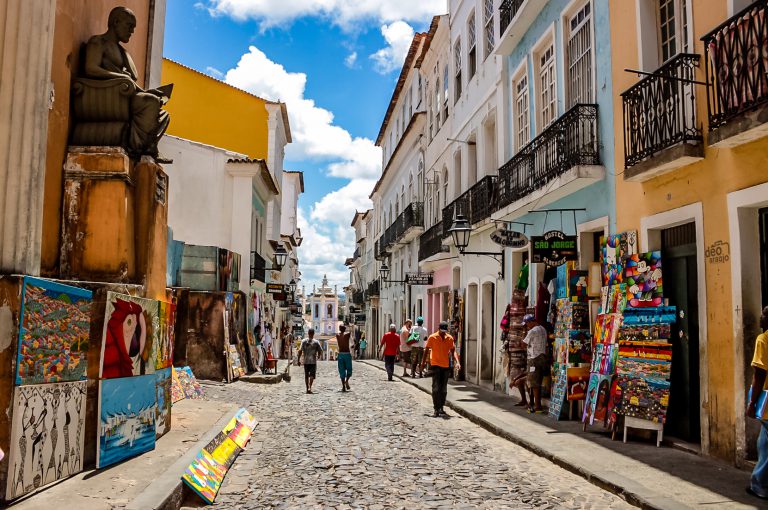
Photo by Debora Araujo
2. Chefchaouen, Morocco
Chefchaouen is a rural town near the Rif Mountains where most of the buildings are painted blue. One of the theories about this tradition of sapphire houses is that it was a practice brought by Jewish refugees escaping the Spanish Inquisition in the 1500s. Another theory is that the blue colour was to honour the sky and heaven; it also apparently repels mosquitoes. Being quite far out of the way, there aren’t as many tourists here as in other Moroccan cities.
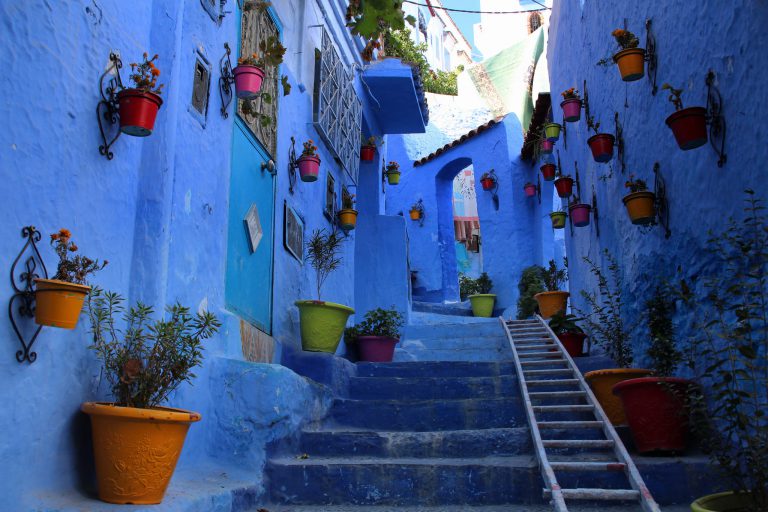
Photo by Singa Hitam
3. Bermuda
The pink-sand beaches of Bermuda are not the only colourful sight to behold. The British Overseas Territory has houses painted in gentle tones of greens, corals, yellows, pinks and peach. Blue has only recently been introduced to the colour palette. The houses also commonly have white slate roofs and stepped chimneys.
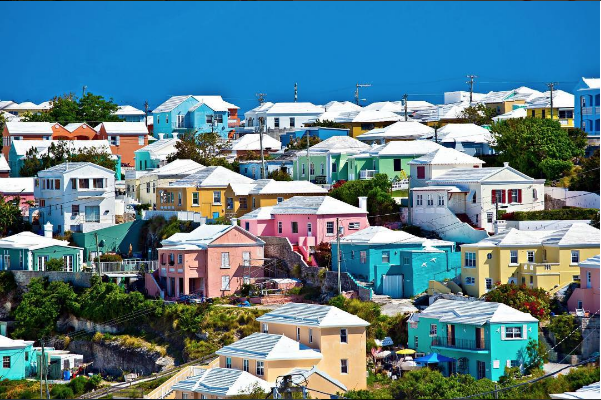
Photo by Vlad K.
4. Cinque Terre, Italy
The houses of Cinque Terre sit on the steep, craggy Ligurian cliffs of the Italian Riviera like uncut gemstones. Cinque Terre means ‘Five Lands’ and is a cluster of five villages, connected by eight kilometres of footpaths which you can easily walk. It’s also a UNESCO World Heritage Site and has been declared ‘The Cinque Terre National Park’.

Photo by Kelly Hunter
5. Balat and Fener, Istanbul
These areas of Turkey were formerly known as the Greek Orthodox and Jewish neighbourhoods, and the mix of colours and houses reflect the cosmopolitan community. There are also hints of Armenian culture in the neighbourhoods. ‘Fener’ is from the Greek word meaning ‘lantern’ and ‘lighthouse’ in Turkish. A blend of religious buildings can be seen in Balat with its many synagogues, mosques and churches.
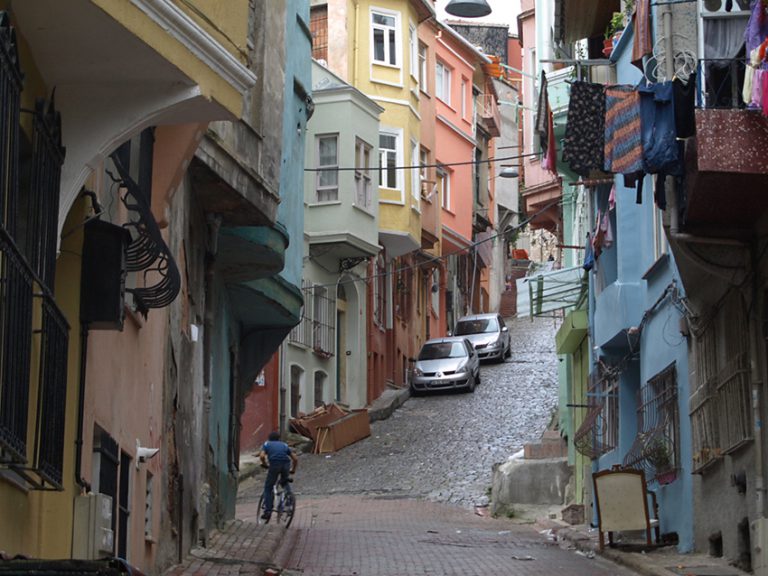
Fener, Photo by Tabea Scotchdopodo
6. Guanajuato, Mexico
Located on the mountains of central Mexico, are the wonderfully pigmented homes of Guanajuato. Famous Mexican painter, Diego Rivera was born in Guanajuato and he was the leader of the country’s mural movement. The multi-coloured homes are a testament to Guanajuato’s vibrant artistic culture. It hosts the Festival Internacional Cervantino, a four-week event that celebrates the performing and visual arts. There is also a museum dedicated to naturally mummified bodies from the 1800s.
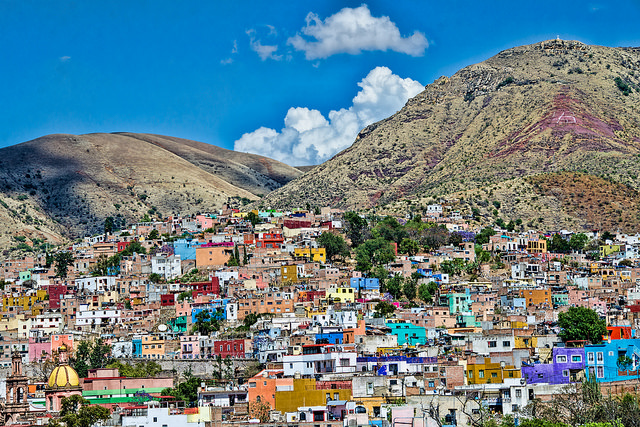
Photo by Bud Ellison
7. Wroclaw
Pronounced ‘vrots-wahf’, Wroclaw is Poland’s cultural and intellectual centre and also has one of Europe’s most splendid market squares (Rynek). Throughout history, the riverside city has belonged to Austria, Hungary, Germany, the Czech Republic and Poland. Though modern, Wroclaw has some medieval features with church spires and cobbled streets. Making it stand out are its vividly coloured buildings. Wroclaw also has a growing film industry and many arts festivals are held there. It’s not very well-known by tourists, so it’s a great place to visit now before it becomes very popular.
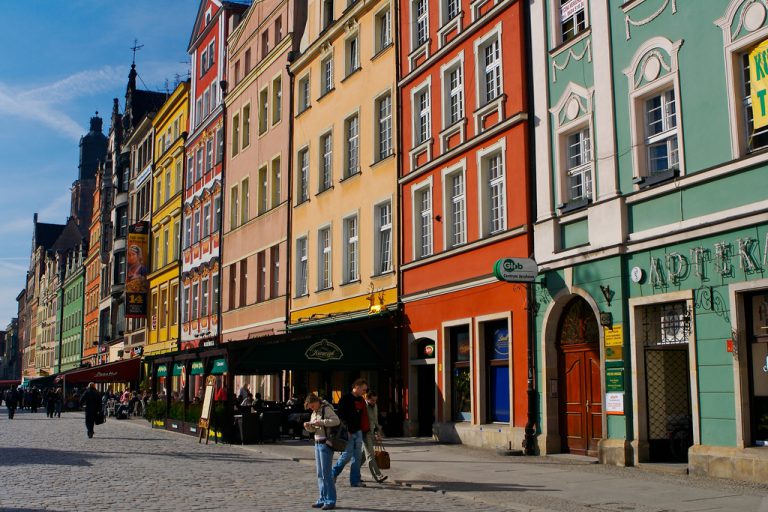
Photo by Proggie
8. Caminito, Buenos Aires
These colourful homes line a 100 metre street in Buenos Aires and ‘caminito’ means ‘little walkway’ or ‘little path’ in Spanish. They were built and painted with shipyard materials by immigrants who worked in the port between 1880 and 1930. Some of these immigrants were Italians from Genoa who carried the tradition of painting their houses from their homeland. They used leftover paint from the shipyard because that was all they could afford.
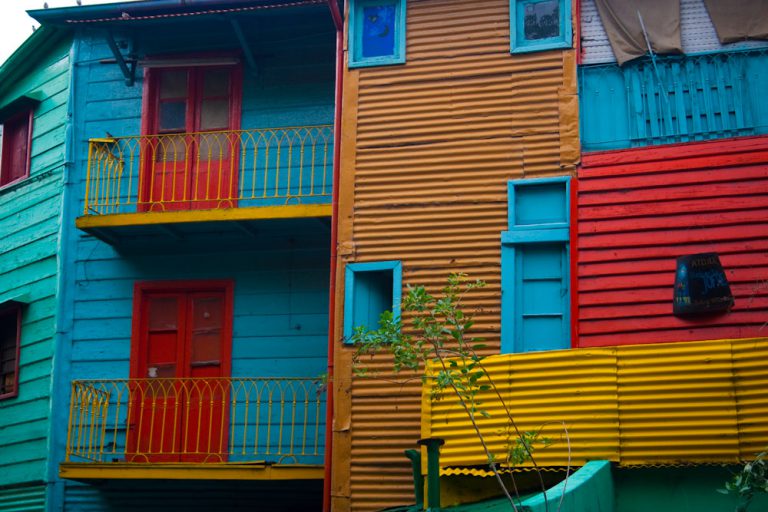
Photo by Andre Deak
9. Trinidad
Trinidad in central Cuba is also a UNESCO World Heritage site. It’s on the coast and is surrounded by the Escambray Mountains. It may feel as if you’re frozen in time because there are more than 1000 colonial buildings and many historic mansions-turned-museums. You’ll also find some of the classic cars associated with Cuba stationed on the sides of the cobblestone streets.
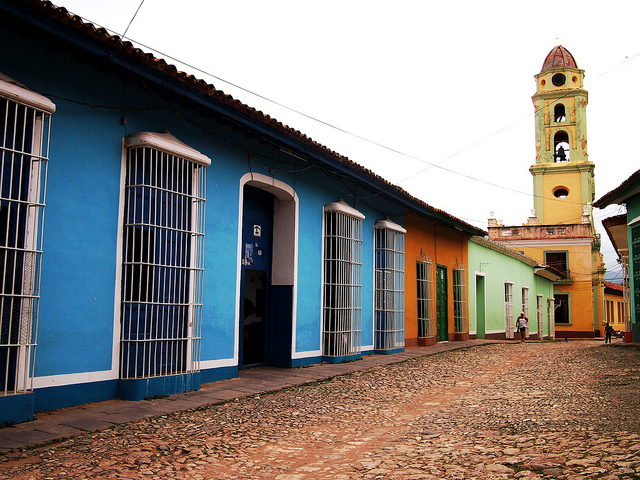
Photo by momo
10. Kampung Pelangi, Indonesia
Most neighbourhoods have had colourful facades for generations. Not Kampung Pelangi. The psychedelic colours that bounce off these walls are quite new and were used to give the rundown village a facelift. Stirred from the imaginations of its residents, the transformation of Kampung Pelangi was funded by the government who hoped that it would boost tourist interest. It seems to be working because the village has its own hashtag on Instagram (#kampungpelangi) in a growing movement by visitors.
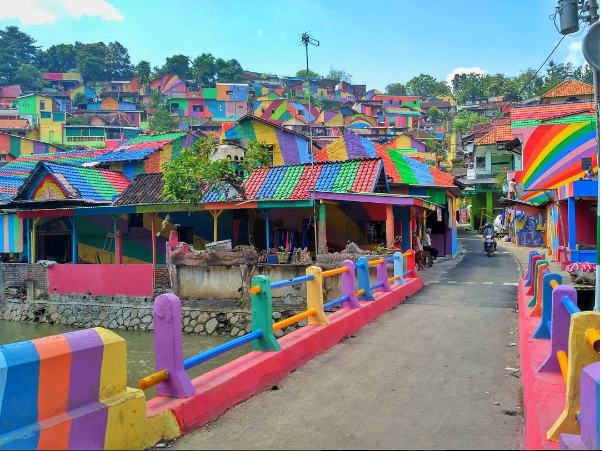
Photo by arieprakhman









